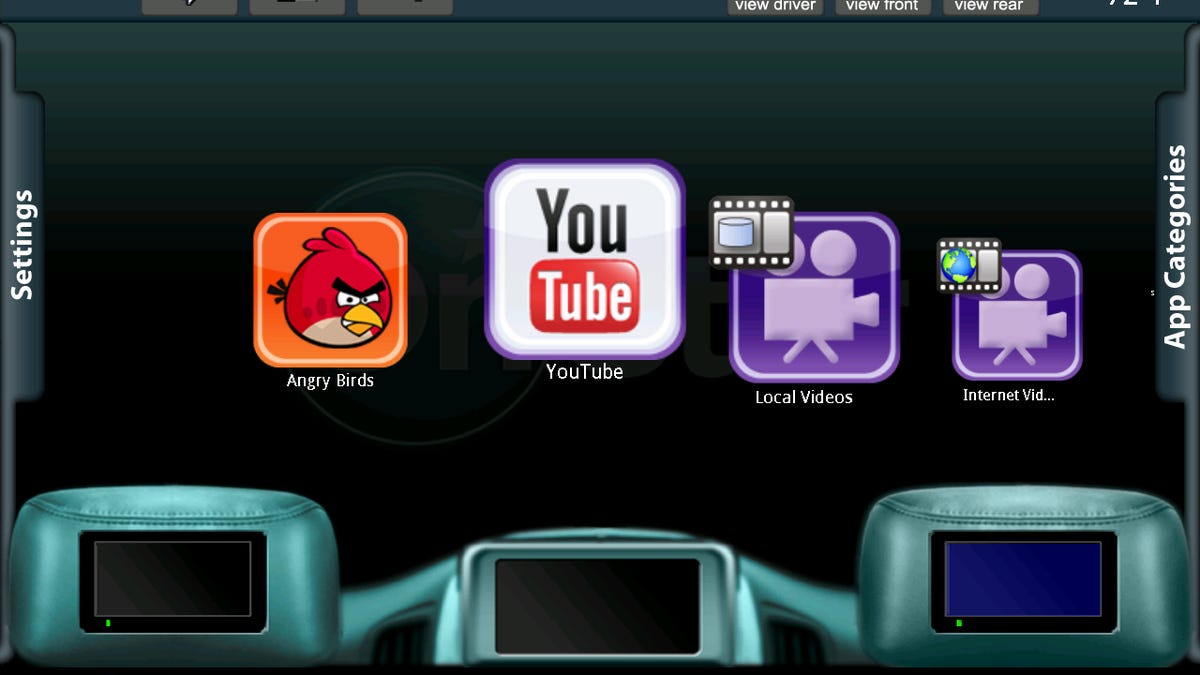OnStar, Verizon preview the Volt's 4G LTE future at CES 2012
OnStar's going to need more data bandwidth with its new apps platform. Enter Verizon's 4G LTE network.

LAS VEGAS--Now that OnStar is courting app developers, it's going to be needing a bigger data pipe to feed the new mobile apps it's expecting for the next generation of OnStar-equipped vehicles.
This is where Verizon comes in with its broadband wireless network. OnStar and Big Red have jointly unveiled what they call a "second-generation connected research vehicle" at CES 2012. Based on a Chevrolet Volt, the research vehicle is connected to the cloud via Verizon's 4G LTE network and will be used to help test and develop new capabilities for OnStar's Advanced Telematics Operating System (ATOMS).
Armed with this new, more robust connection to the cloud, the OnStar research vehicle is able to stream Web and home content into the car with multiple zones. For example, the driver can stream podcasts, while each rear passenger is given independent control over his own local or streamed content. Rear passengers are also able to video chat via Skype and play games on the dual headrest-mounted monitors.
In addition to entertainment, the 4G LTE bandwidth will be put to work providing home and Smart Grid connectivity, including real-time vehicle diagnostics, smart eco-routing for navigation that takes EV charge state into account, and home energy management of, for example, Web-connected thermostats, lights, and garage door systems from the vehicle's interface. From outside of the car, users will still be able to communicate with the research vehicle via the OnStar RemoteLink mobile app for smartphones.
Of course, one could argue that every smartphone-toting passenger already brings this level of connectivity into the car in his pocket, so this next-generation of OnStar will live or die based on its interface, ease of use, and any vehicle-specific features that can be rolled in. Which is why I think a vehicle with a complex, but flexible power train like the Volt is a prime candidate for showcasing the advantages of an always-on in vehicle data connection. Most users won't care what their conventional car is doing while they're not behind the wheel, but factor in the management of a battery and its a whole different ball game.
We'll be bringing you more information about the next evolution of OnStar as soon as we can find ourselves behind the wheel of the Volt research vehicle. Then again, I'm thinking one of the gaming and media-streaming back seats would probably be more fun in this case.

